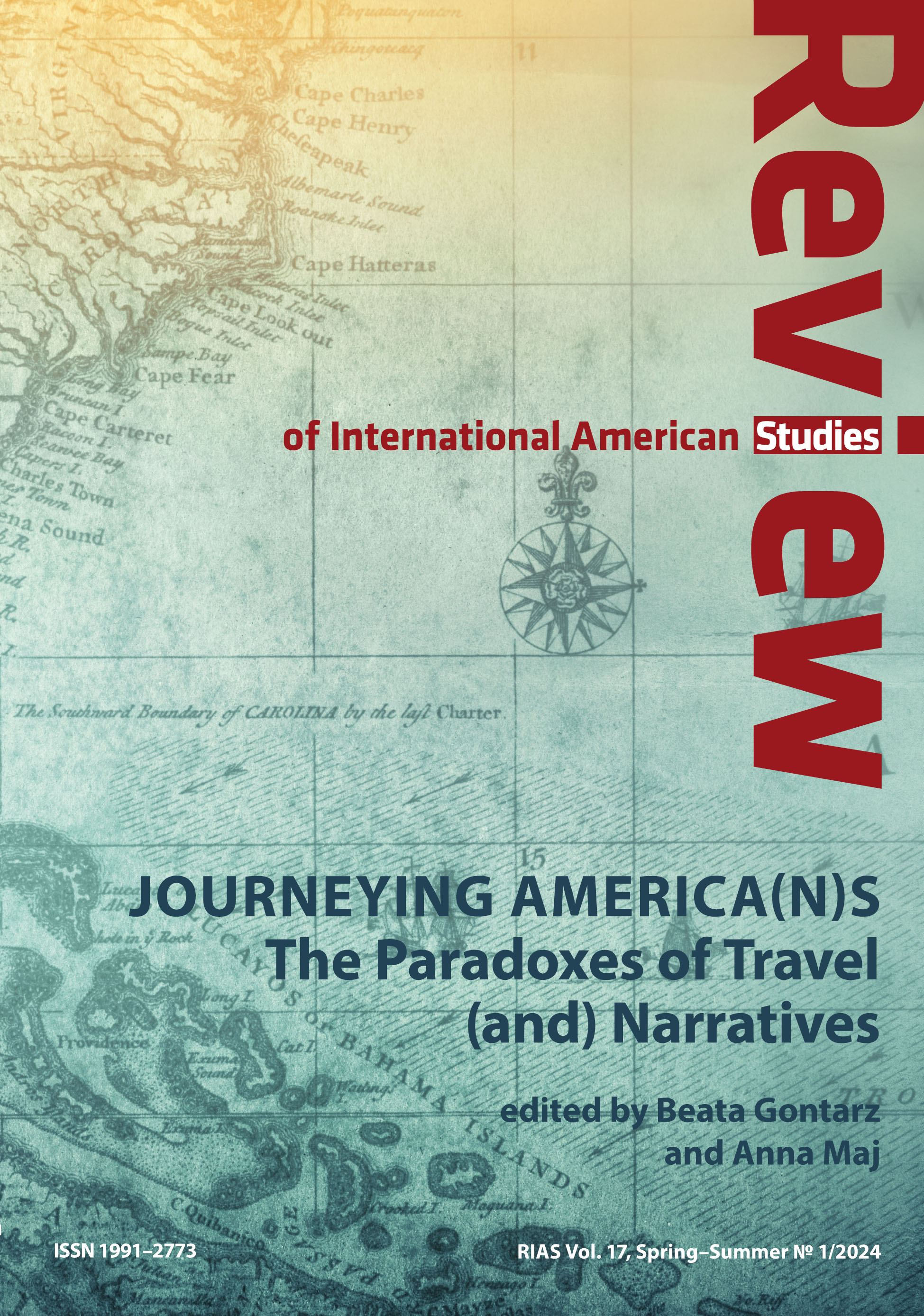“TRAVELERS BY NECESSITY” – RUTH BEHAR ON THE WAY IN SEARCH OF ROOTS OR HOME
“TRAVELERS BY NECESSITY” – RUTH BEHAR ON THE WAY IN SEARCH OF ROOTS OR HOME
Author(s): Grażyna ZygadłoSubject(s): American Literature, Sociology of Literature
Published by: Wydawnictwo Uniwersytetu Śląskiego
Keywords: diaspora; home; travel; feminist memoir; memory; vulnerable anthropology;
Summary/Abstract: Ruth Behar, a Cuban-born immigrant to the US with Polish, Jew- ish, and Turkish background, begins her memoir Traveling Heavy. A Memoir in between Journeys, published in 2013, with the following citation “I love to travel. But I’m also terrified of traveling” (3). Later she describes the “vari- ous good luck rituals” that she performs before starting a journey, such as checking if she has her “Turkish evil eye bracelet,” “a handmade necklaceGrażyna Zygadło University of Łódź, Poland [...] to be protected from illness or sudden death” or “rubbing the turquoise glass beads to keep the plane from falling out of the sky” (3). She links all these habits to both her Jewish and Cuban ancestry. And although she calls herself a professional traveler, she also describes herself as “an anthropologist who specializes in homesickness,” which perfectly reveals the contradictions related to the notion of traveling. As a relatively new phenomenon, available and affordable to few, traveling can be an exciting, desired, and adventurous experience that opens us up to diversity and enriches us. At the same time, since it involves meeting with the Other, it can be a threatening and exhausting incident that causes nostalgia for home. Hence, the journey is an existential experience including the change, the philosophical exploration of oneself, the search for and dissemination of knowledge, and a sense of discovery (actual of places and communities and symbolical of cultural values and ideas). In this paper, I am going to analyze Behar’s writings as narratives representing ficti- tious fragments of experienced or/and imagined realities (Letters from Cuba 2020) vs. the non-fictional dimension of memoir or travel writing (Traveling Heavy 2013). Still, what joins the two types of narratives is the issue of mem- ory – how/what do we remember? How are our memories changing depending on the time and person we relate them to?
Journal: Review of International American Studies
- Issue Year: 17/2024
- Issue No: 1
- Page Range: 53-65
- Page Count: 13
- Language: English

